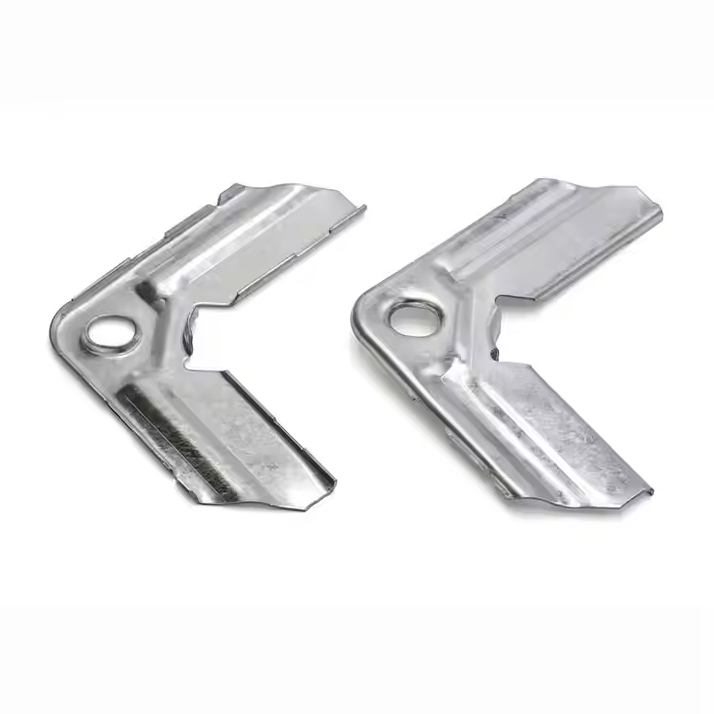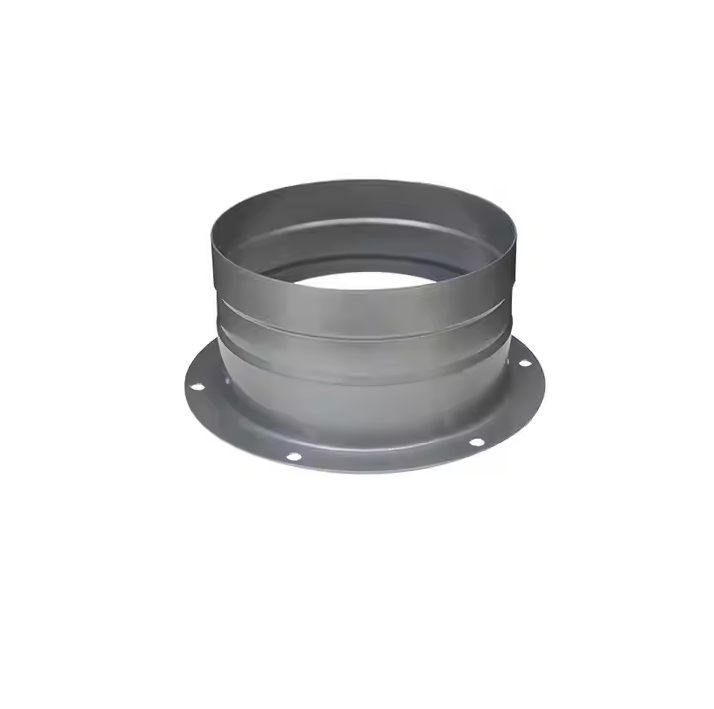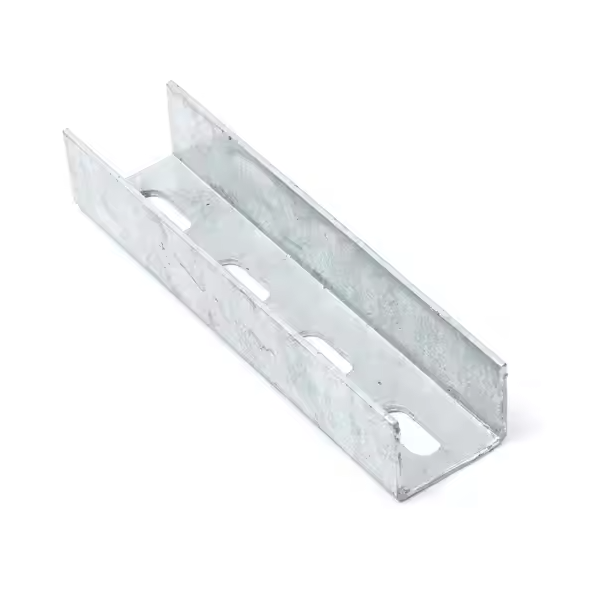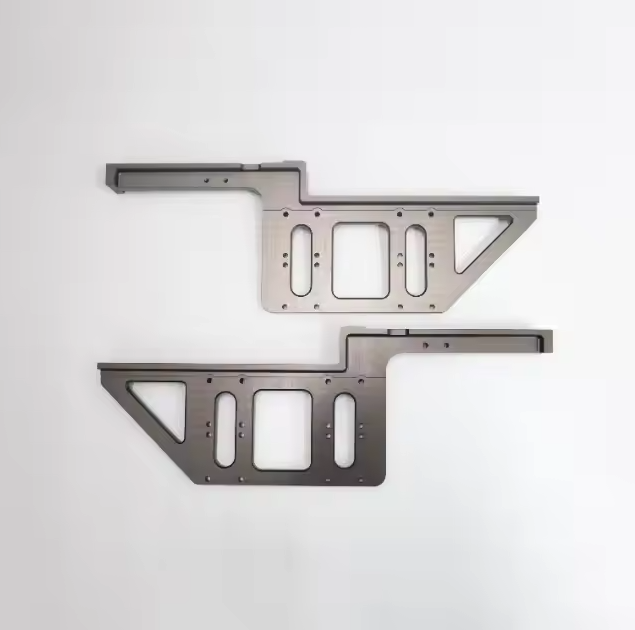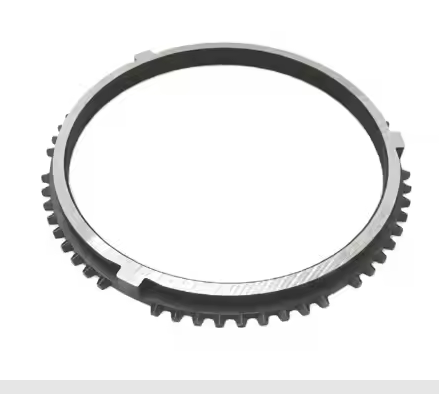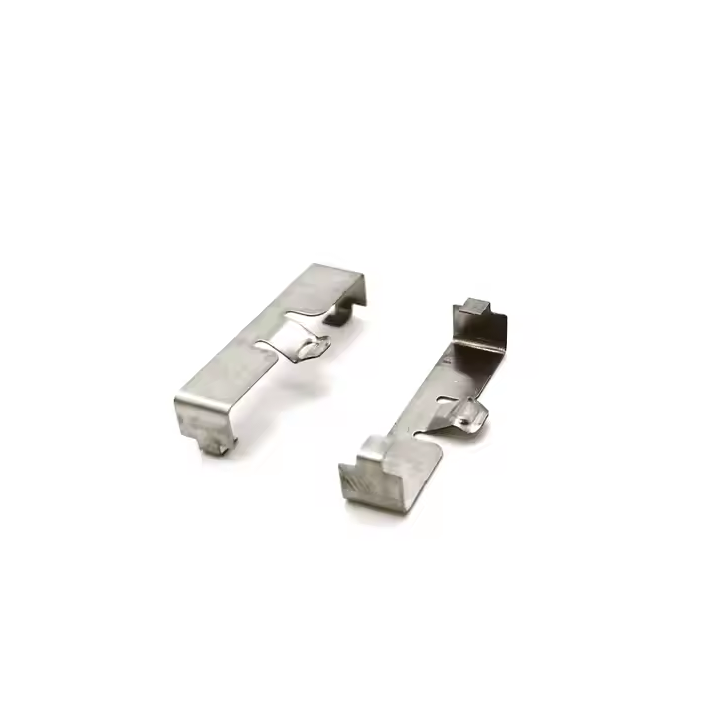Welding is an important connection method in modern manufacturing and is widely used in construction, automobiles, aerospace, ships and other fields. However, during the welding process, the metal surface is prone to oxidation and corrosion, which affects the strength and durability of the welded joint. In order to cope with these problems, welding passivation has gradually gained attention as an effective surface treatment technology.

The concept of passivation
Passivation refers to the treatment of the metal surface to form a protective film to improve its corrosion resistance and oxidation resistance. During the welding process, passivation can not only protect the metal in the welding area, but also improve the quality and reliability of the joint after welding. Through chemical treatment, the passivation film can effectively isolate the metal matrix from the external environment and reduce the possibility of corrosion and oxidation.
Necessity of welding passivation
During the welding process, due to the effects of high temperature and oxygen, oxides are easily formed on the metal surface, which will affect the formation and strength of the weld. In addition, the welded joints are often eroded by different corrosive media during use, so it is very necessary to passivate the metal surface before welding.
Passivation can not only improve the welding quality, but also extend the service life of the welded joints and reduce the cost of maintenance and replacement. This is especially important for some key application scenarios (such as aerospace, chemical equipment, etc.).
Common methods of welding passivation
The methods of welding passivation mainly include chemical passivation and electrochemical passivation.
Chemical passivation
Acidic or alkaline solutions are usually used to treat the metal surface to form an oxide layer. Commonly used chemical reagents include phosphoric acid, nitric acid, etc. This method is simple to operate, economical and practical, and suitable for large-scale production.
Electrochemical passivation
A passivation film is formed on the metal surface through electric current. The advantage of this method is that it can generate a more uniform and stable protective film, which is suitable for applications with higher requirements on the welding part.
Evaluation of the effect of welding passivation
The effect of welding passivation can be evaluated by a variety of methods. Common evaluation indicators include
Corrosion resistance
evaluate the protection ability of the passivation film in corrosive media through salt spray test or immersion test.
Adhesion
use tensile test, peel test and other methods to evaluate the bonding strength between the passivation film and the metal substrate.
Surface finish
evaluate the surface state after treatment through microscopic observation and surface roughness test.
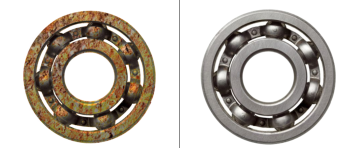
Widely used areas of welding
Construction and civil engineering
In construction and civil engineering, welding is used to connect steel structures such as bridges, building frames and high-rise buildings. Welding can provide high-strength connections to ensure the stability and safety of the structure.
Automobile industry
Welding plays an important role in automobile manufacturing. The assembly of body parts, chassis and other metal components is usually completed by welding. In addition, technologies such as laser welding and spot welding are widely used to improve welding speed and quality.
Aerospace
In the aerospace field, welding is used to manufacture aircraft fuselages, engine components and other critical structures. The welding process requires extremely high quality standards to ensure flight safety and performance.
Shipbuilding
Welding is an integral part of the shipbuilding process. The construction of the hull and various internal structures usually rely on welding techniques, including gas welding and arc welding.
Energy industry
In energy industries such as oil, gas and nuclear energy, welding is used to build pipelines, storage tanks and power generation equipment. Welded structures need to have long-term durability and safety to prevent leaks and other potential hazards.
Home Appliance Manufacturing
Welding is also widely used in home appliance manufacturing, such as welding of metal frame components, inner tanks and other parts of products such as refrigerators, washing machines and air conditioners.
Repair and Reconstruction
Welding technology is also important in repair and reconstruction work, including repairing damaged metal structures and equipment. This not only reduces maintenance costs but also extends the life of equipment.
Electronic and Electrical Equipment
In the production of electronic products, welding is used to connect components on circuit boards. For example, wave soldering and reflow soldering techniques are widely used in the assembly of electronic circuits.
As an important part of improving welding quality and extending service life, welding passivation will become more and more important with the development of modern manufacturing industry. In the increasingly fierce market competition, enterprises pay attention to passivation treatment in welding process, which will help improve product quality and competitiveness. With the continuous innovation of related technologies, welding passivation will play an important role in a wider range of fields.
If you have any welding needs, please feel free to contact our factory. We have a professional welding team and advanced equipment, and are committed to providing customers with high-quality welding services and solutions. Whether it is mass production or customized projects, we will meet your needs with a high sense of responsibility and professionalism. We look forward to working with you to jointly promote the development and application of welding technology!
